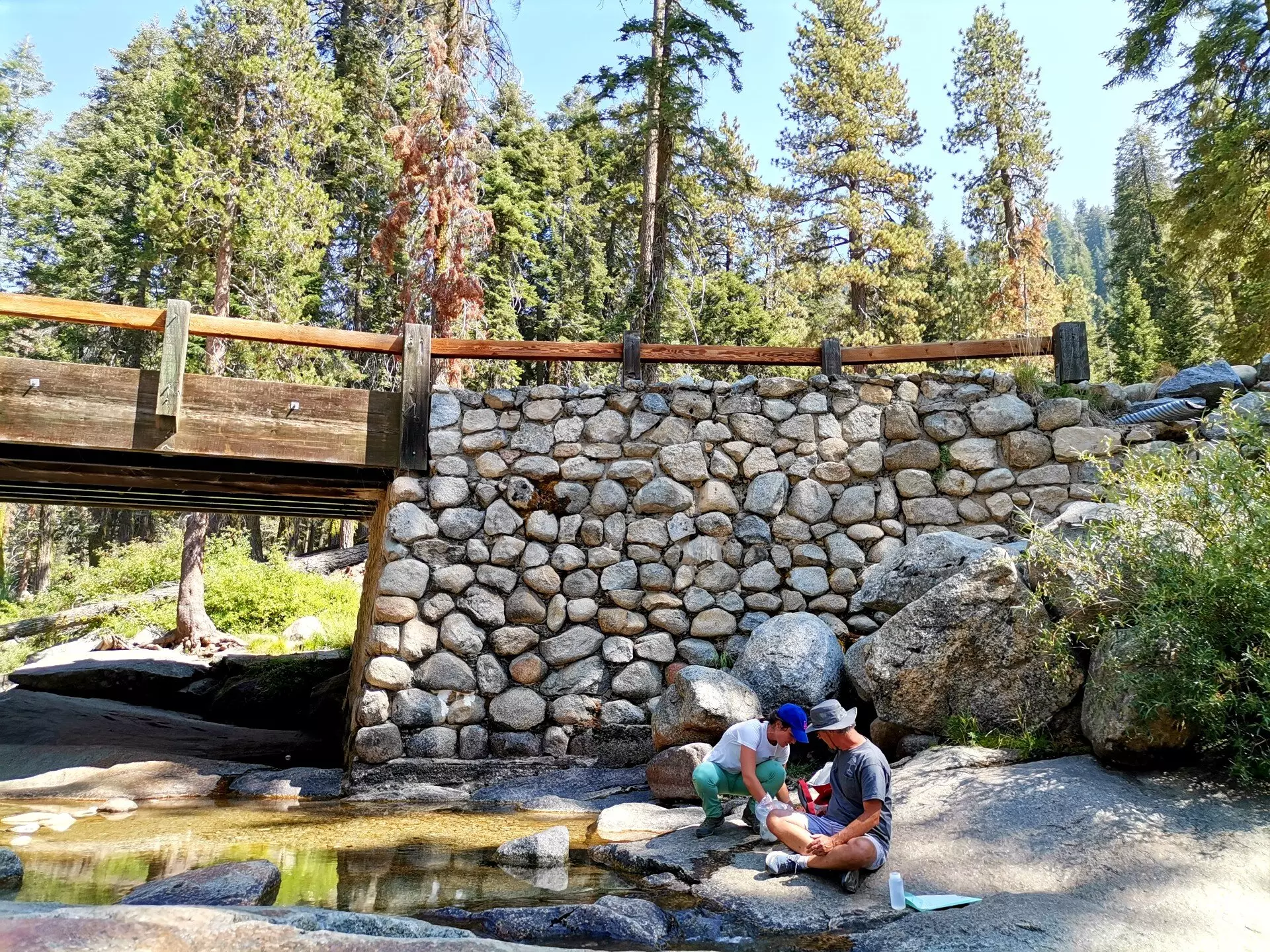California’s Central Valley, often heralded as America’s agricultural powerhouse, plays a crucial role in the nation’s food production. Yet, a lesser-known element that propels this vast landscape of orchards, vineyards, and fields is its dependence on groundwater sourced from the Sierra Nevada mountains. New groundbreaking research illuminates this relationship, revealing that an astounding 50% of the Central Valley’s groundwater can be traced back to the Sierra Nevadas. This orchestrated symphony of agricultural productivity and natural resource management deserves a closer examination, particularly with looming concerns over sustainability.
The Invisible Network of Water Supply
Groundwater is often referred to as an “invisible” resource, a hydrological matrix buried deep beneath the surface. Unlike visible bodies of water that fluctuate with precipitation levels, groundwater levels remain concealed within the earth’s strata, sometimes hundreds of feet beneath our feet. This complexity makes understanding and managing this resource challenging—much akin to navigating an unseen labyrinth. According to Hoori Ajami, a UC Riverside associate professor of groundwater hydrology, aquifers act as formidable “bathtubs” that store vast amounts of water and sediment, playing a pivotal role in our understanding of agricultural irrigation needs.
The Sierra Nevada aquifers not only contribute to the groundwater but also interact with the Central Valley’s own aquifer system. This newly quantified connectivity underscores the geological significance of the mountains as vital suppliers of water, turning our attention toward a more integrated view of water resources.
Methodology: Unearthing Groundwater Origins
The intricacies of this recent study, published in *Water Resources Research*, reveal the lengths to which scientists have gone to elucidate the water sources flowing into the Central Valley aquifer. The researchers employed a thorough methodology, including analyzing well water samples collected by the U.S. Geological Survey. By scrutinizing the chemical makeup of different water samples—assessing levels of isotopes and other chemical markers—they’ve charted a comprehensive timeline showcasing the age of the groundwater inflow. Findings indicated that the water is a blend of ages, ranging drastically from just a few years to over 40,000 years. This staggering variety is crucial when considering how quickly or slowly groundwater replenishment occurs, as many of these water sources are irreplaceable.
The Unsustainable Path Ahead
The implications of groundwater depletion are stark: excessive pumping compromises not just aquifer levels but also the structural integrity of the land itself. As the landscape sinks, the infrastructure designed to support agriculture becomes increasingly vulnerable. Former Governor Jerry Brown recognized this challenge by enacting the Sustainable Groundwater Management Act of 2014. However, while the legislation takes initial steps to mitigate the risks of over-extraction and land subsidence, it is apparent that the need for a deeper understanding of recharge rates and sustainable practices is paramount.
The unsustainable extraction practices underscore the fact that agricultural growth cannot keep pace with resource depletion. Water is an economic entity much like that in a bank account; one cannot withdraw more than what is deposited without facing dire consequences. As Ajami poignantly states, without effective regulations that specify sustainable withdrawal rates, California’s agricultural future hangs in the balance.
A Call to Action: Rethinking Our Water Management Strategies
What remains clear from this study is that the need for more comprehensive research into groundwater recharge is not merely an academic pursuit; it is an urgent call for action. As environmental conditions fluctuate and climate change becomes an ever-pressing reality, strategies must expand to encompass a broader understanding of our water resources.
In light of all these findings, our agricultural practices and water management strategies must transform if we are to protect this vital lifeblood of California’s farming communities. It is time to invest in detailed studies that will illuminate recharge rates and facilitate better decision-making for a sustainable future. As stewards of both agriculture and water, we are at a critical junction—our choices today will shape the landscapes of tomorrow.

